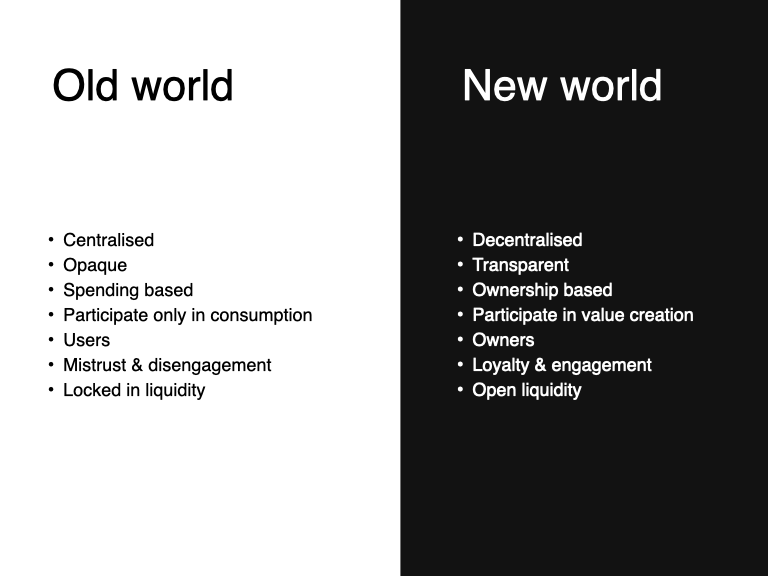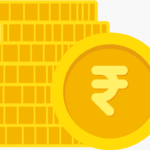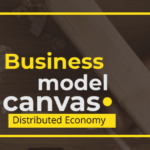Tokenisation: Monetising collective value

It is important to have the local community made relevant economically and this does not mean giving Charity. Best way to work towards keeping any local community economically relevant is through Distributed economy model. Distributed economy is nothing but Stakeholder economy. This is a way to share the collective value of the entity or state with all the stake holders, both direct and indirect. In the current model, only the promoters, investors, key leaders of the organisation and or in the state context, Large industrialists with access to power centres and lobbyists and few Policymakers and administrators are the beneficiaries. In distributed economy with Tokenisation, the model is inclusive, it does not disrupt the existing model but an over-lay of tokenisation ensures every stake holder also gets to enjoy the collective value by securitising the service. For better understanding please read https://www.linkedin.com/pulse/distributed-economy-sustainable-way-forward-nanjunda-pratap-palecanda/
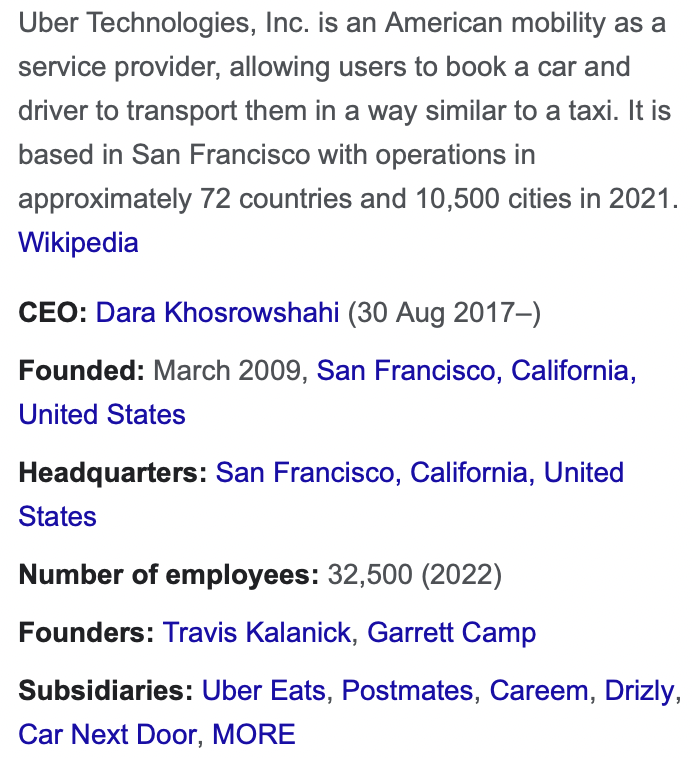
This is best explained through an example or a possible use case. Let's consider Uber. Uber has been a market leader and a pioneer that brought in the usage of circular economy to the common lingo. Uber details are here for you to look at from the public domain herein. My interest in taking this example is to capture how the great experiment brought about a change in the manner an entrepreneur can look at doing business to how the traditional market forces have taken control of it and if there's a better way exists?
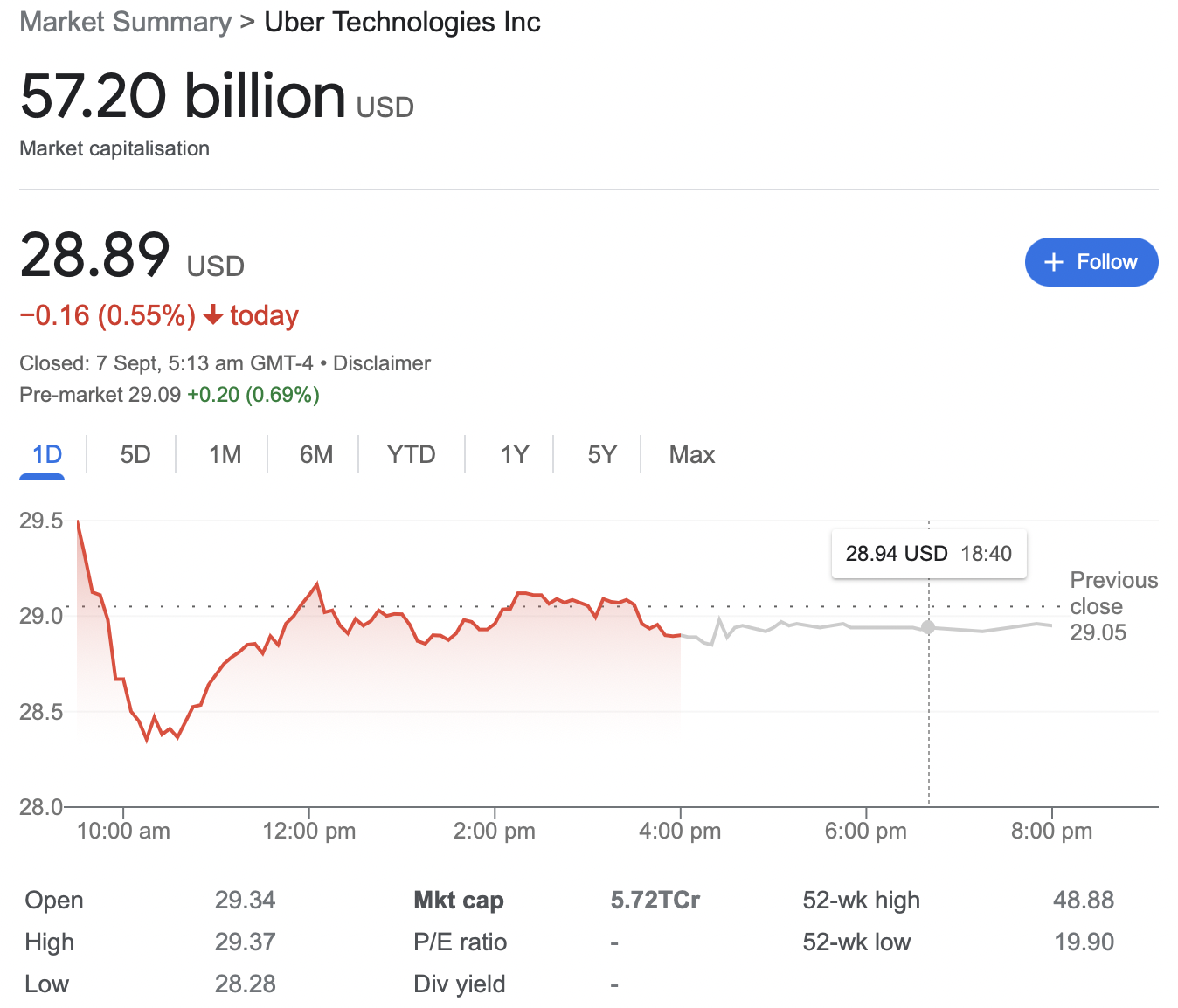
Uber's Market Cap as on Sept 7th 2022 is 57.20 and while this does seem very good this was almost twice this, just about a year ago. While the revenue is around $29 billion. While Uber employs close to 30,000 people, It has around 5 million (50 Lakhs) drivers globally. While, it is evident that most of the drivers are non-exclusive, as in, in India good majority of them will also be driving with Ola and likewise in US on Lyft and such.

- What are our key takeaways from the above Uber story? Most of the key stakeholders are completely missing in the collective value sharing. (Who are the key stake holders? Ans: Drivers)
- What was a symbol of Circular economy is a classic symbol of financial Institutions controlled global business (with disregard to local / native ethos and the majority contribute to value creation of few controlling the money).
- Obviously, the (stakeholders) drivers when not treated as stakeholders and not shared with collective value have no loyalty and are exploring every other player, as other's are also markedly indifferent to the stakeholders.
- Founders are not active or have very little say in the way business is taken forward with.

- With operations in 72 countries and 10500 cities, the value could well have been few times the existing market capital and not just twice. Instead, in every region, Uber continues to have a fight for its survival. Only way they so far profited or generated significant value so far has been by offering to sell their regional business to the competition for their equity. For example, DiDi in China, Grab in Indonesia and Zomato (Uber Eats) in India. Value creation for stockholders or investors are best managed this way by Investors only and could not have been a play of an entrepreneur. Looks like, Uber has its Survival kit ready but lacks a surviving model to make it through.
This is where a new player or players can come in to the space and start another Uber and in a distributed economy model can build a Uber killer. What does it take? Map all the stakeholders;
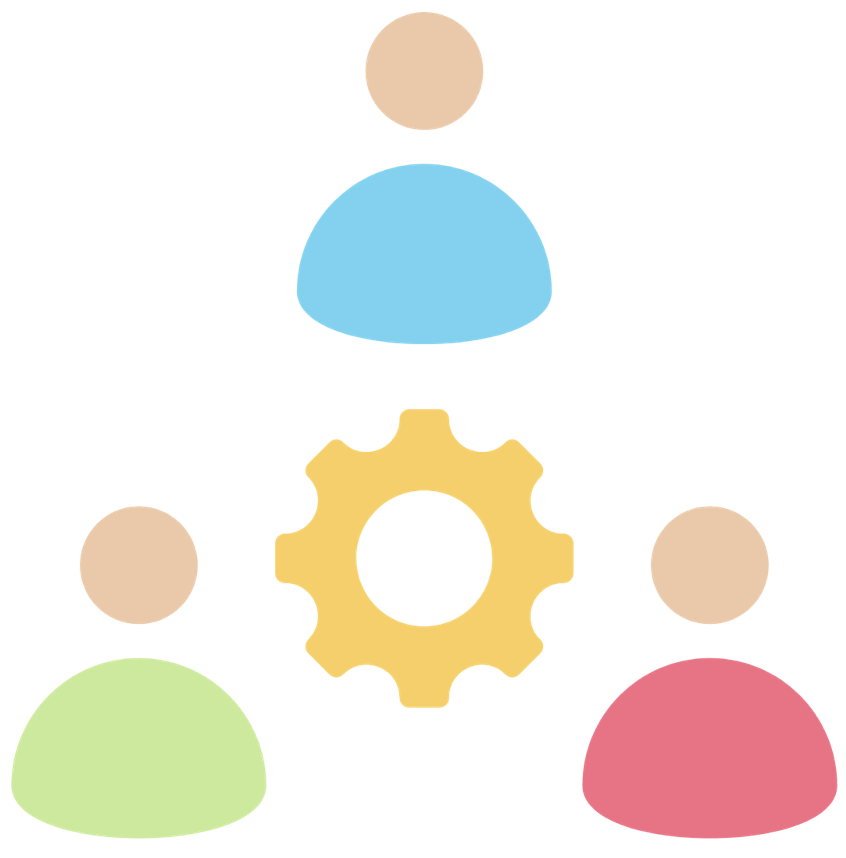
- Founders / Promoters
- Employees
- Drivers
- Partners / Vendors
- Tech
- infrastructure or Car / transport makers
- Service providers / Mechanics
5. Investors
6. Consumers
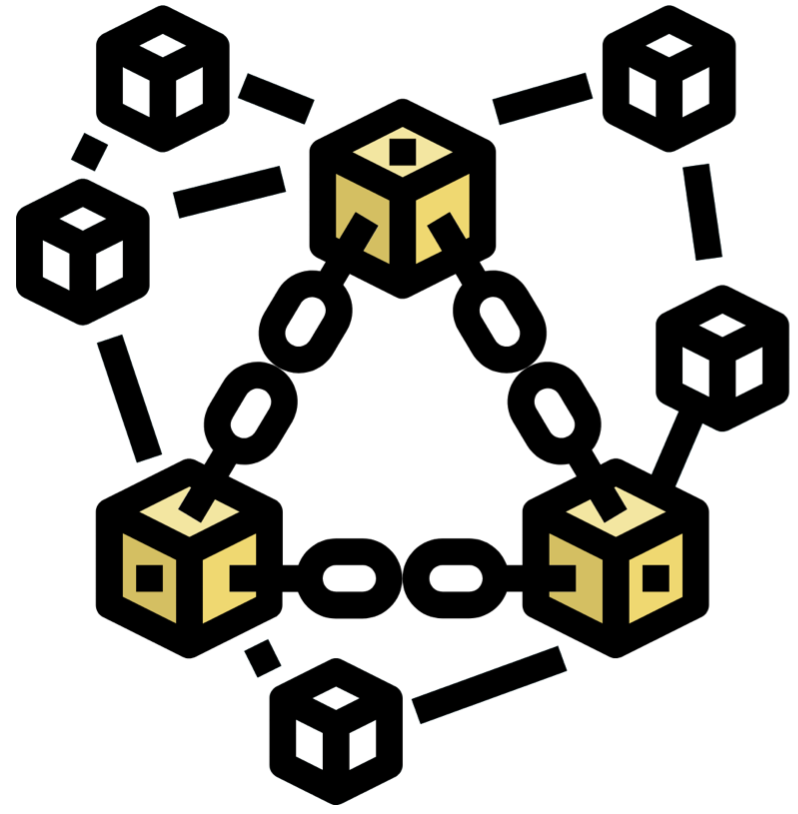
Sharing collective value with each of the stakeholders does not mean to share equally. Sharing collective value has been in practice though not with all stake holders, with early stage employees among startups and with key Management staff among large companies. How can we bring about the same across each of the stake holders and ensure that Founders get to create the value they so deservingly should? Because of all the risk they take, for their entrepreneurability, for all the ingenuity and in most cases for daring to believe in their dream and going against the norm. This is best achieved through Tokenisation, aka, BlockChain 4.0 that integrates;
- BlockChain 1.0: Cryptography (Crypto currency)
- BlockChain 2.0: Smart Contracts
- BlockChain 3.0: DApps & DAO's
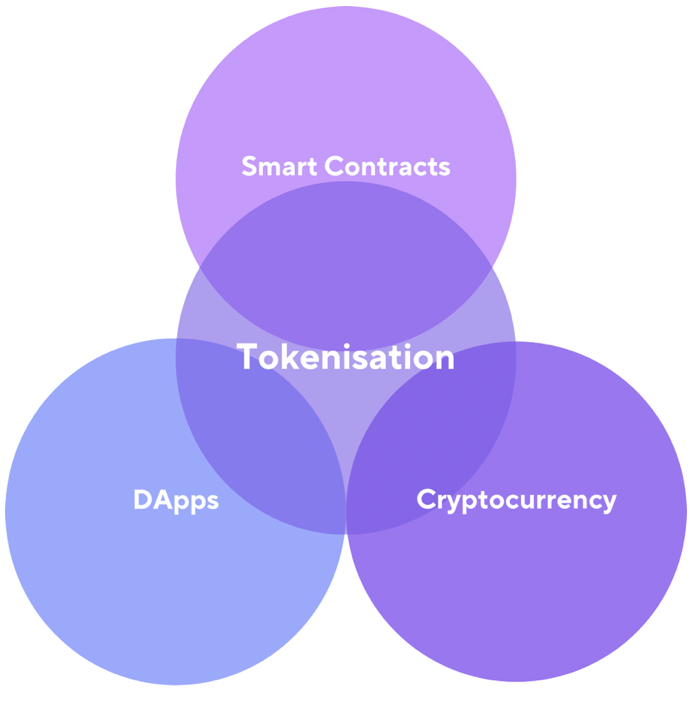
What does integrating all the three generations of BlockChain technology mean? It is essentially building a model that encapsulates each of the competencies in order to benefit from the core values while taking the benefit of the evolution of technology in this period. Which brings us to using DApps and DAO's in the process of Organisation design by bringing stakeholders through the DAO's and the service delivery through platform approach driven by DAPP's and process flow and Smart contracts mapping process flow and rules (Algorithms) while crypto currency can be mapped to the security of the business or process or digital assets as tokens and there by rending higher credibility and real value to cryptocurrencies.
